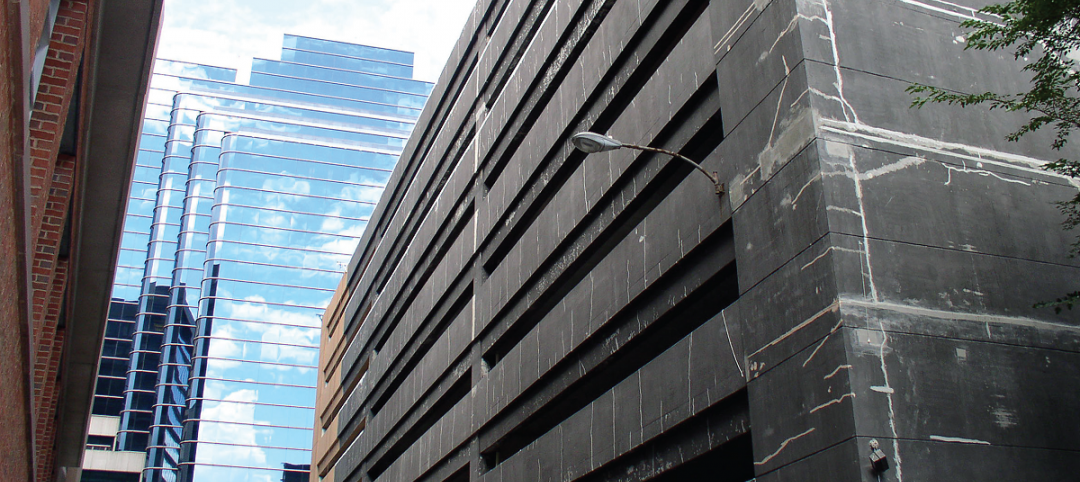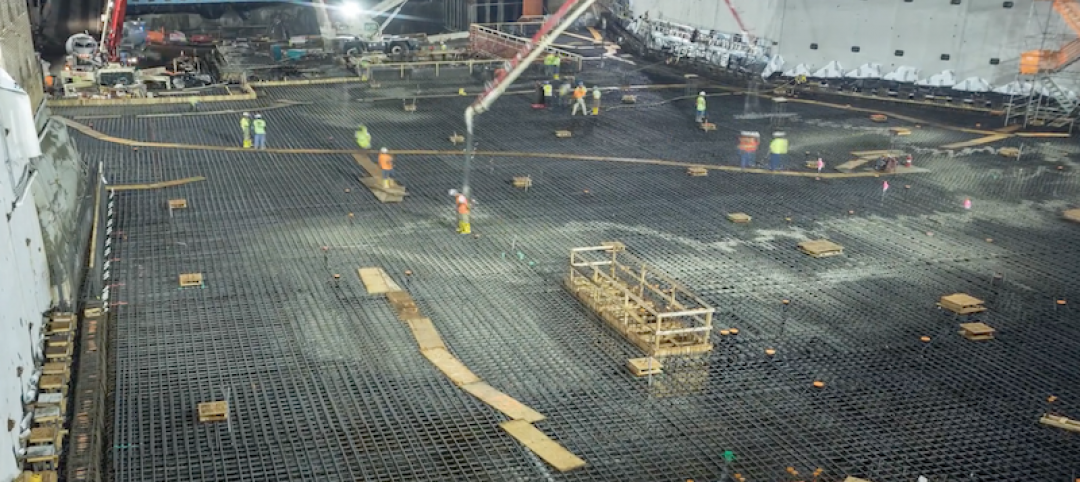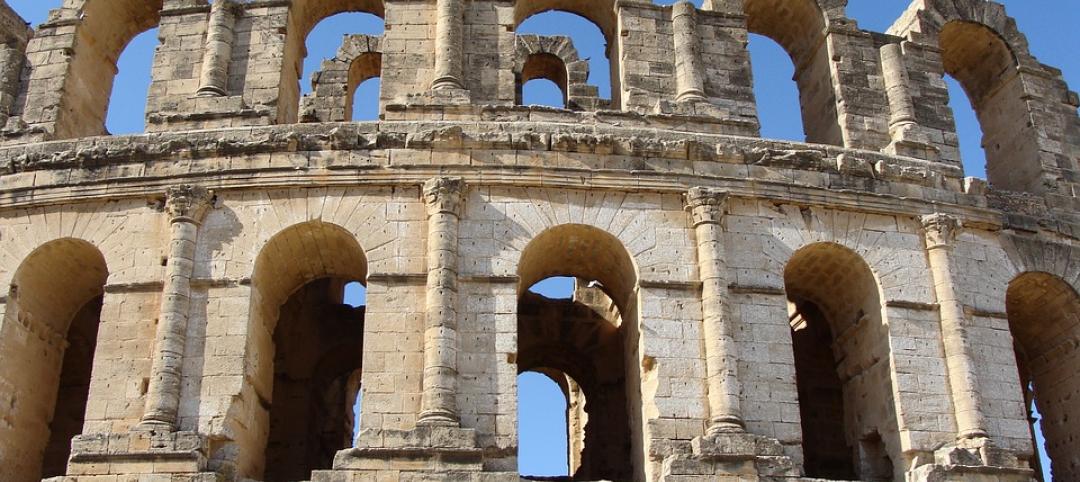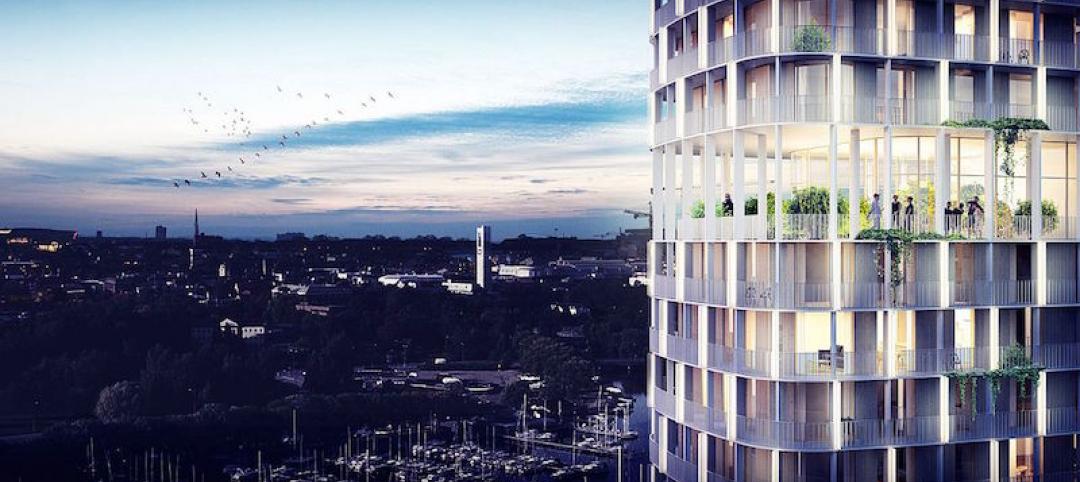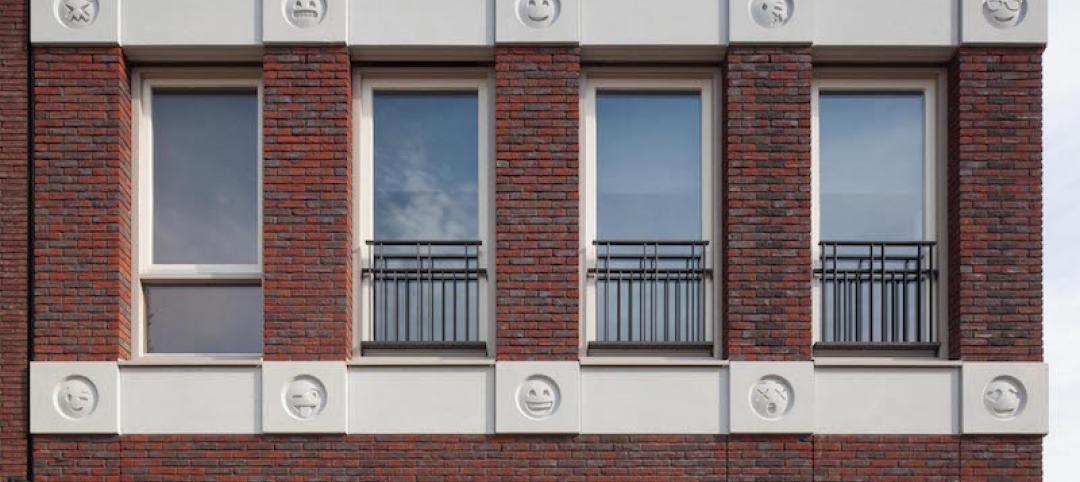Concrete is ubiquitous in our world, as is concern about carbon emissions. The creation of concrete is a major source of carbon emissions, because the calcium-based substances that make it up are heated at high temperatures to form the cement.
But scientists at MIT may have found a way to decrease the carbon emissions that result from concrete production: reducing the ratio of calcium to the silicate-rich clay.
Normally, concrete is made by mixing gravel, water, sand, and cement, Gizmag reports. The cement is produced by heating calcium-rich materials (e.g., limestone) at temperatures up to 2,732 F, and researchers say that this part of the process produces the majority of the carbon emissions.
The MIT research team examined the makeup of the concrete, and found that a calcium to silica ratio of 1.5 is the optimal mix for reducing emissions and producing quality concrete. In the industry, these ratios can vary from 1.2 to 2.2, though 1.7 is the cement production standard. Changing the standard ratio to 1.5, researchers say, could reduce carbon emissions by as much as 60%.
This mix of concrete was also shown to have a higher resistance to fractures. According to Gizmag, the researchers claim that "this is due to the molecular structure transforming from a tightly ordered crystalline to a disordered glassy structure." Regardless of the reason why, the 1.5 ratio concrete has twice the mechanical resistance to fractures of normal cement.
Because the analysis of this concrete mix was carried out on a molecular level, it remains to be seen whether or not these results will remain the same in engineering-scale applications. This research was published in the journal Nature Communications.
Related Stories
BD+C University Course | May 24, 2018
Accommodating movement in building envelope materials [AIA course]
We may think of the building envelope as an inanimate object, but in reality its components can be quite mobile. This AIA CES course is worth 1.0 AIA LU/HSW.
Sponsored | Concrete | Mar 2, 2018
English inspired church built with insulated concrete forms
The challenge was to mirror the style of a historic place of worship while using modern technologies which comply with today's codes of practice.
Concrete | Jul 13, 2017
LF Driscoll and Balfour Beatty recently wrapped the largest concrete pour in Philadelphia’s history
The pour created the foundation for the Foster + Partners-designed Pavilion on Penn Medicine’s Campus.
Concrete | Jul 7, 2017
The secrets held within Ancient Roman concrete could improve future building practices
Not only has the concrete stood the test of time, but it has actually become stronger.
| Jun 13, 2017
Accelerate Live! talk: Next-gen materials for the built environment, Blaine Brownell, Transmaterial
Architect and materials guru Blaine Brownell reveals emerging trends and applications that are transforming the technological capacity, environmental performance, and design potential of architecture.
| Jun 13, 2017
Accelerate Live! talk: A case for Big Data in construction, Graham Cranston, Simpson Gumpertz & Heger
Graham Cranston shares SGH’s efforts to take hold of its project data using mathematical optimization techniques and information-rich interactive visual graphics.
Sponsored | Concrete | May 31, 2017
Fabcon helps bring new life to brownfield sites
With brownsites, the real trouble lies in the unseen: namely the hazardous substances, pollutants or contaminants that remain in the soil.
Multifamily Housing | May 17, 2017
Swedish Tower’s 15th floor is reserved for a panoramic garden
C.F. Møller’s design was selected as the winner of a competition organized by Riksbyggen in Västerås.
Mixed-Use | Apr 25, 2017
Dutch building incorporates 22 emojis into its façade
The emoji building is part of a larger mixed-use development built around a 150-year-old oak tree.



